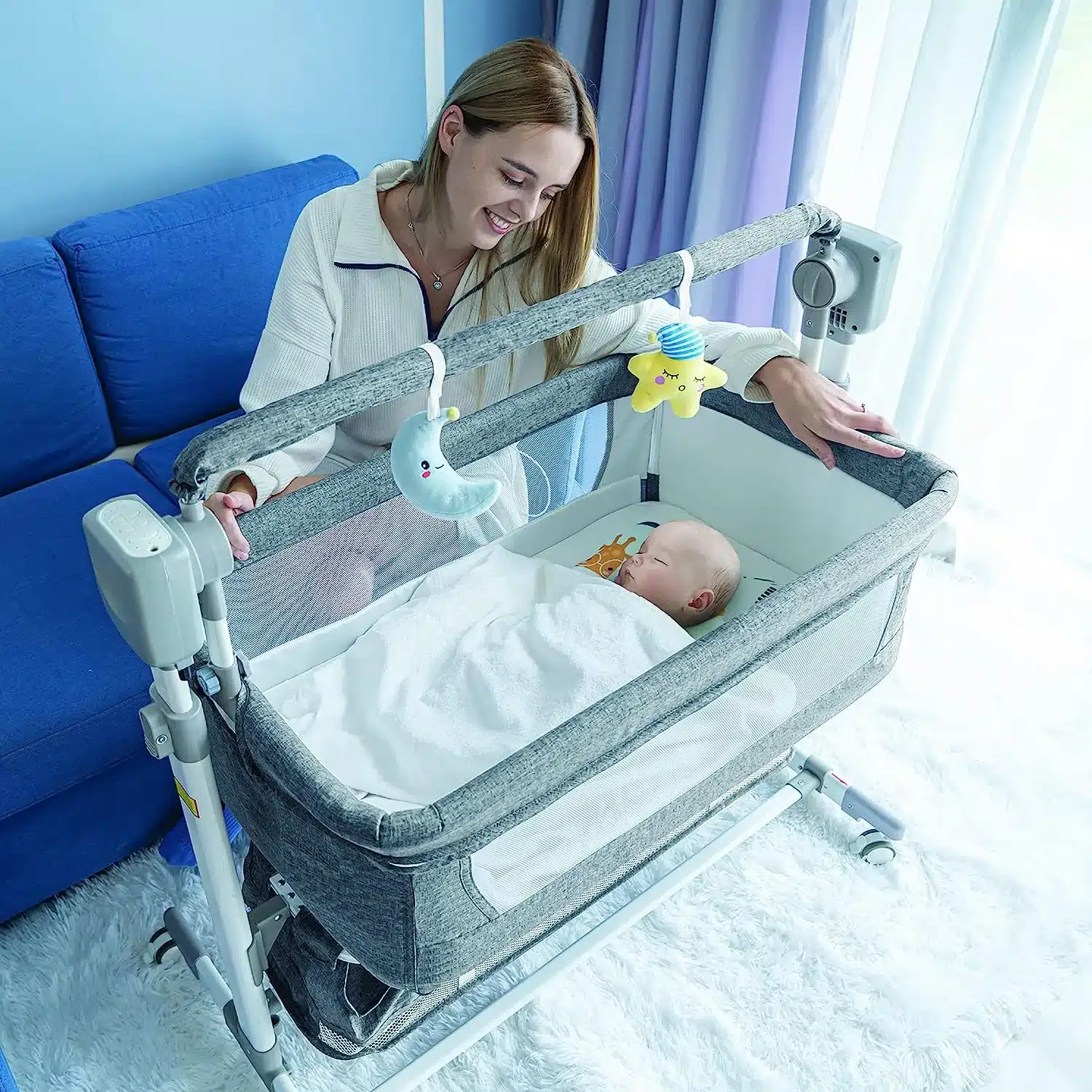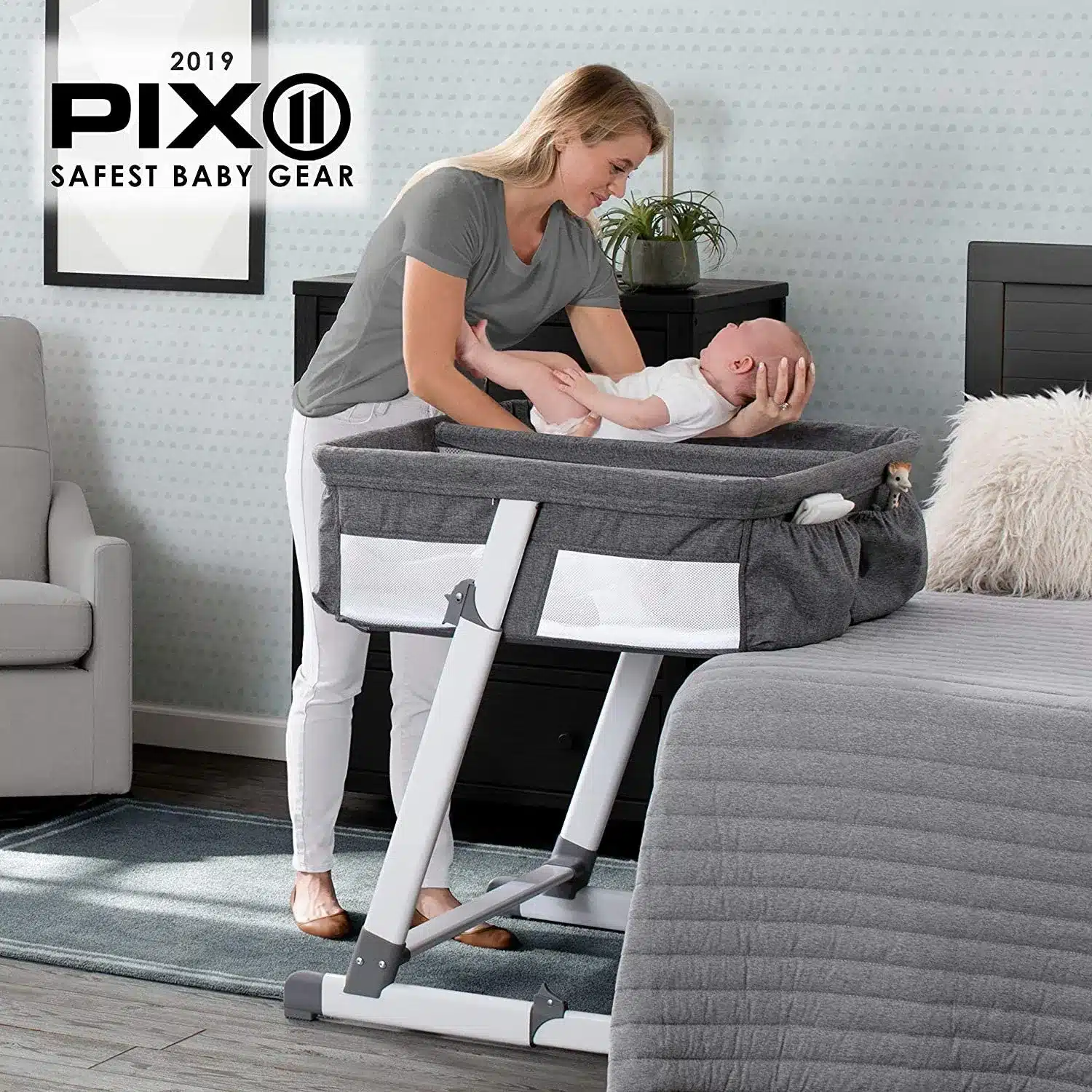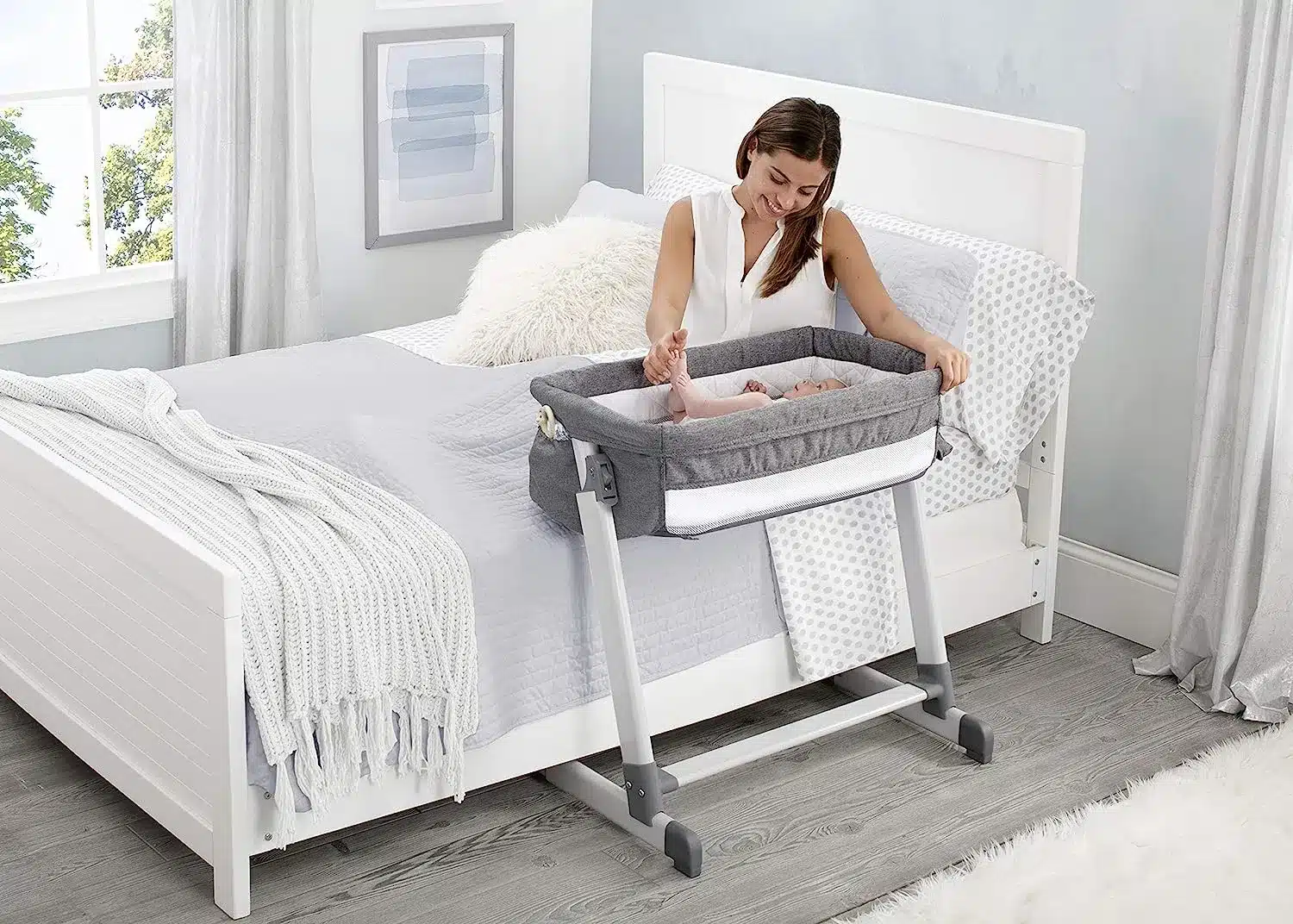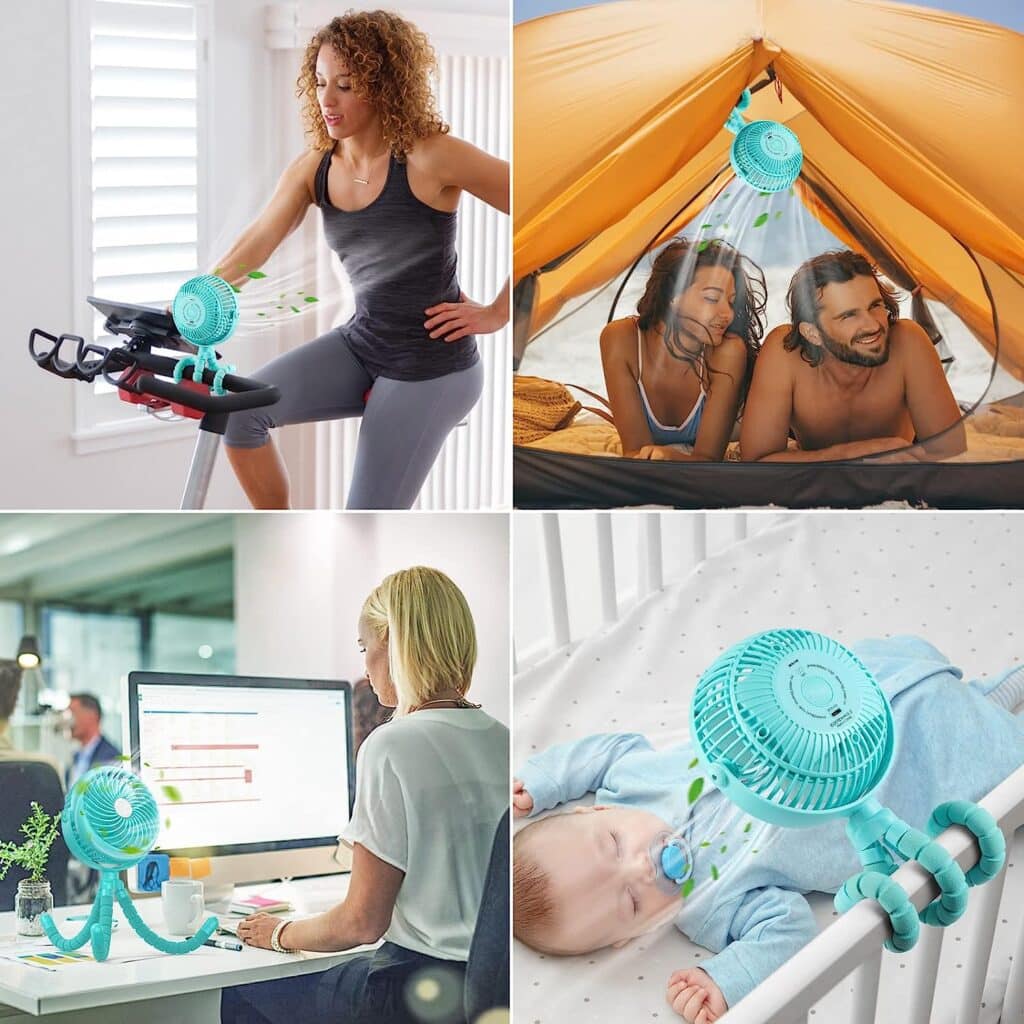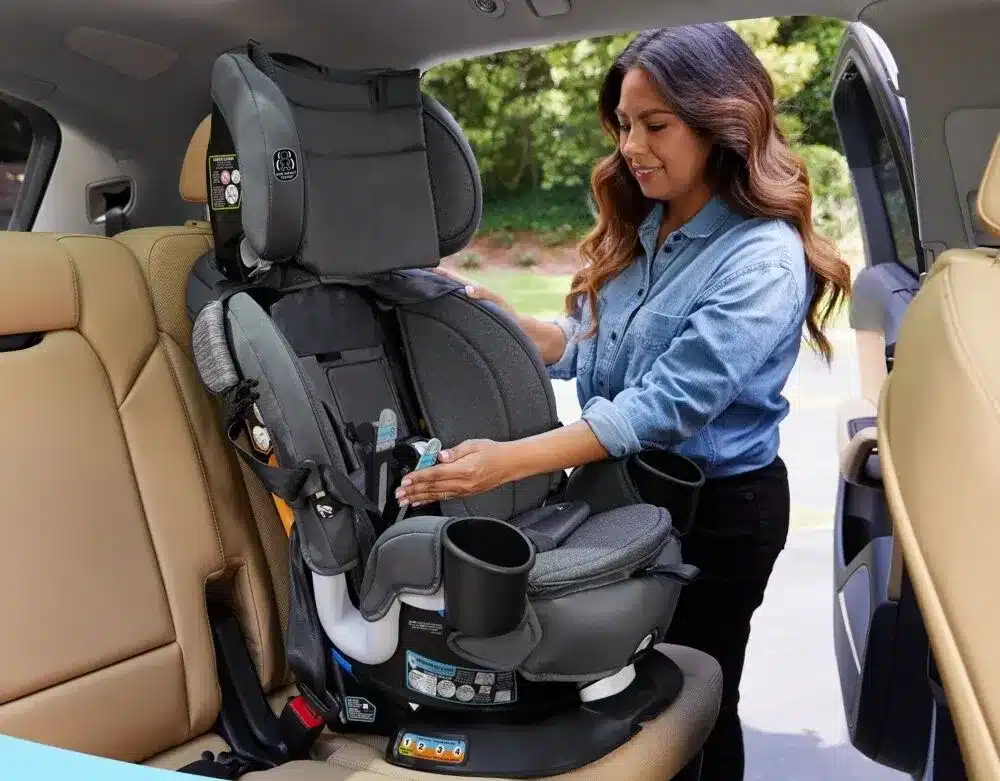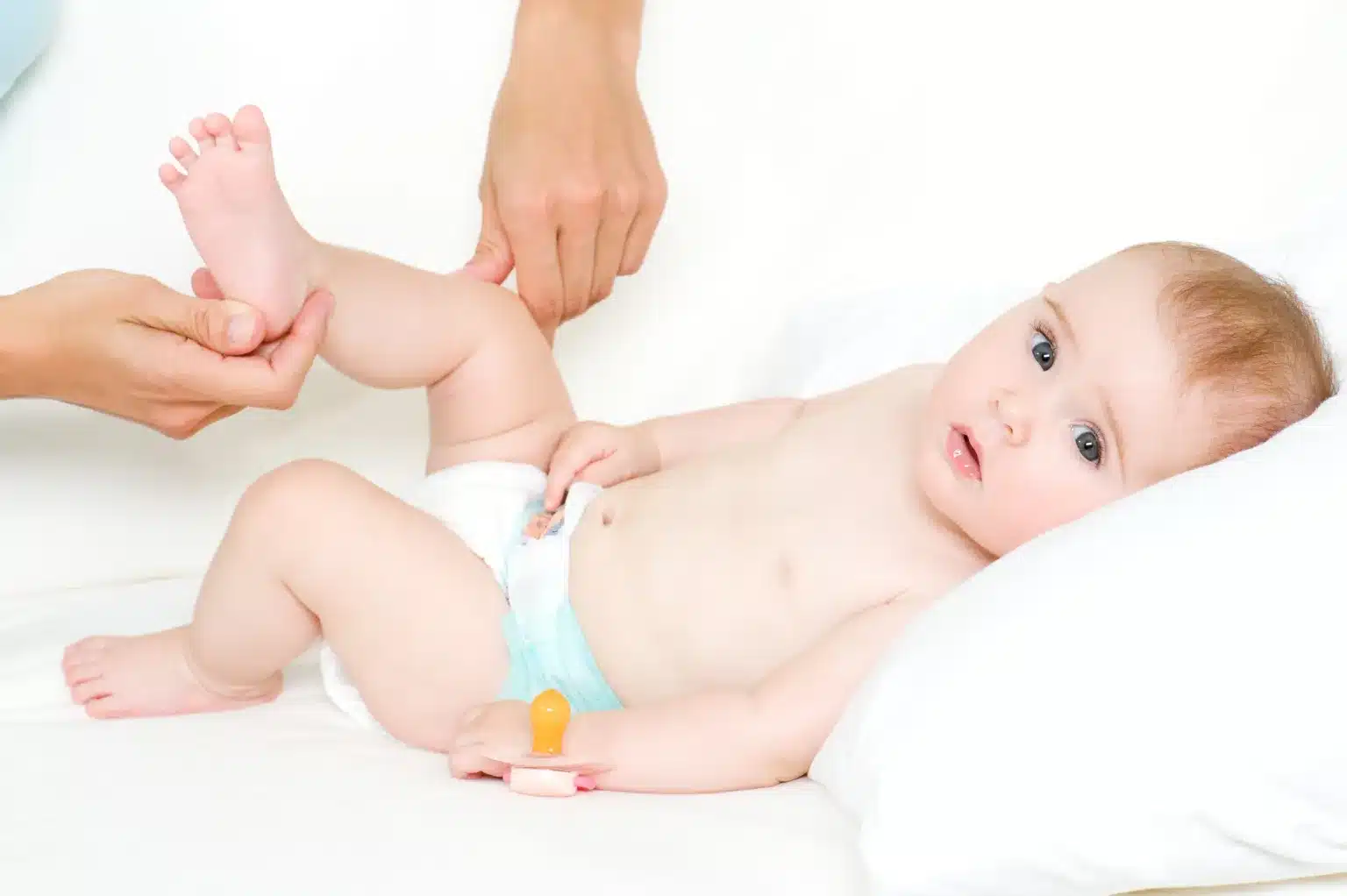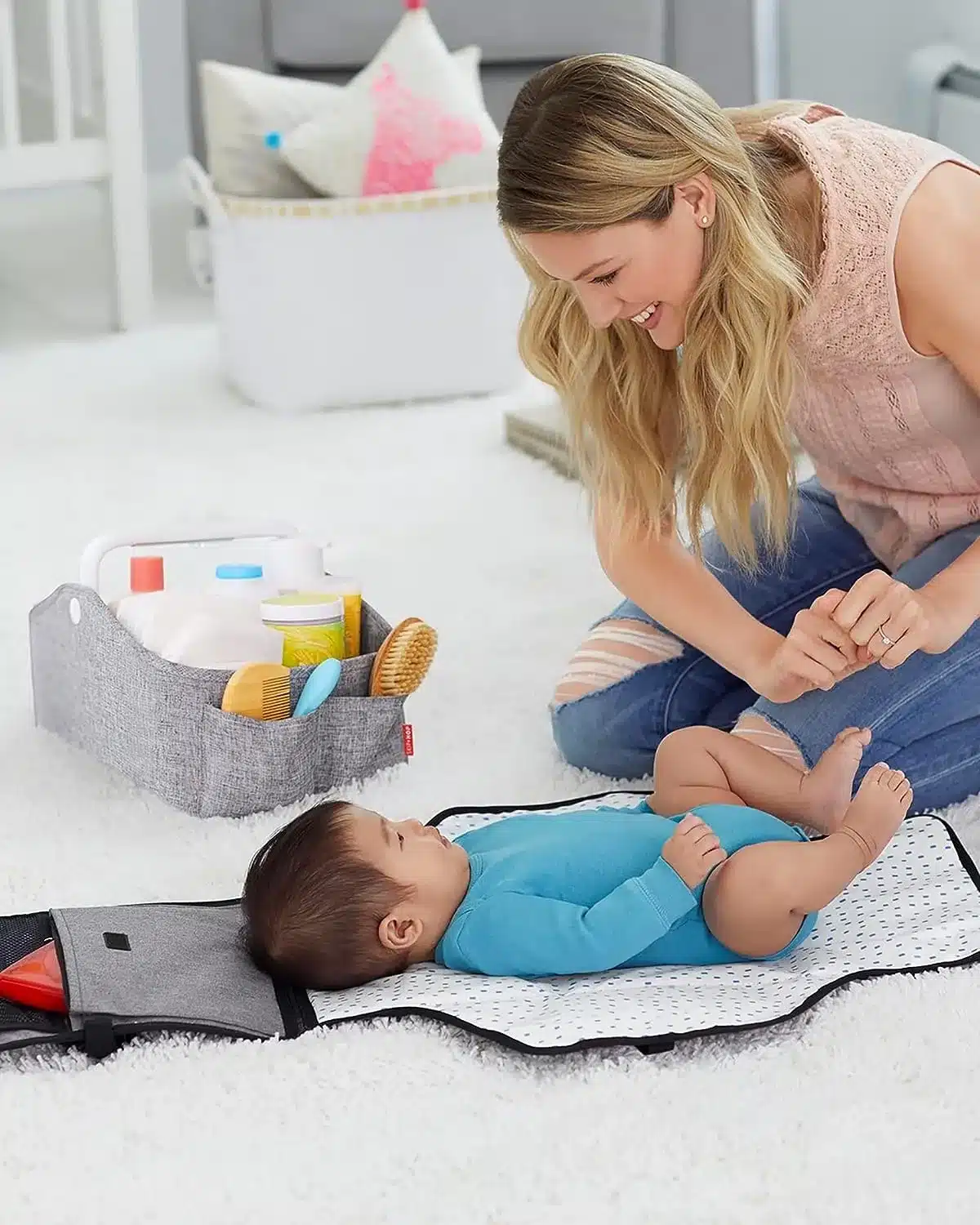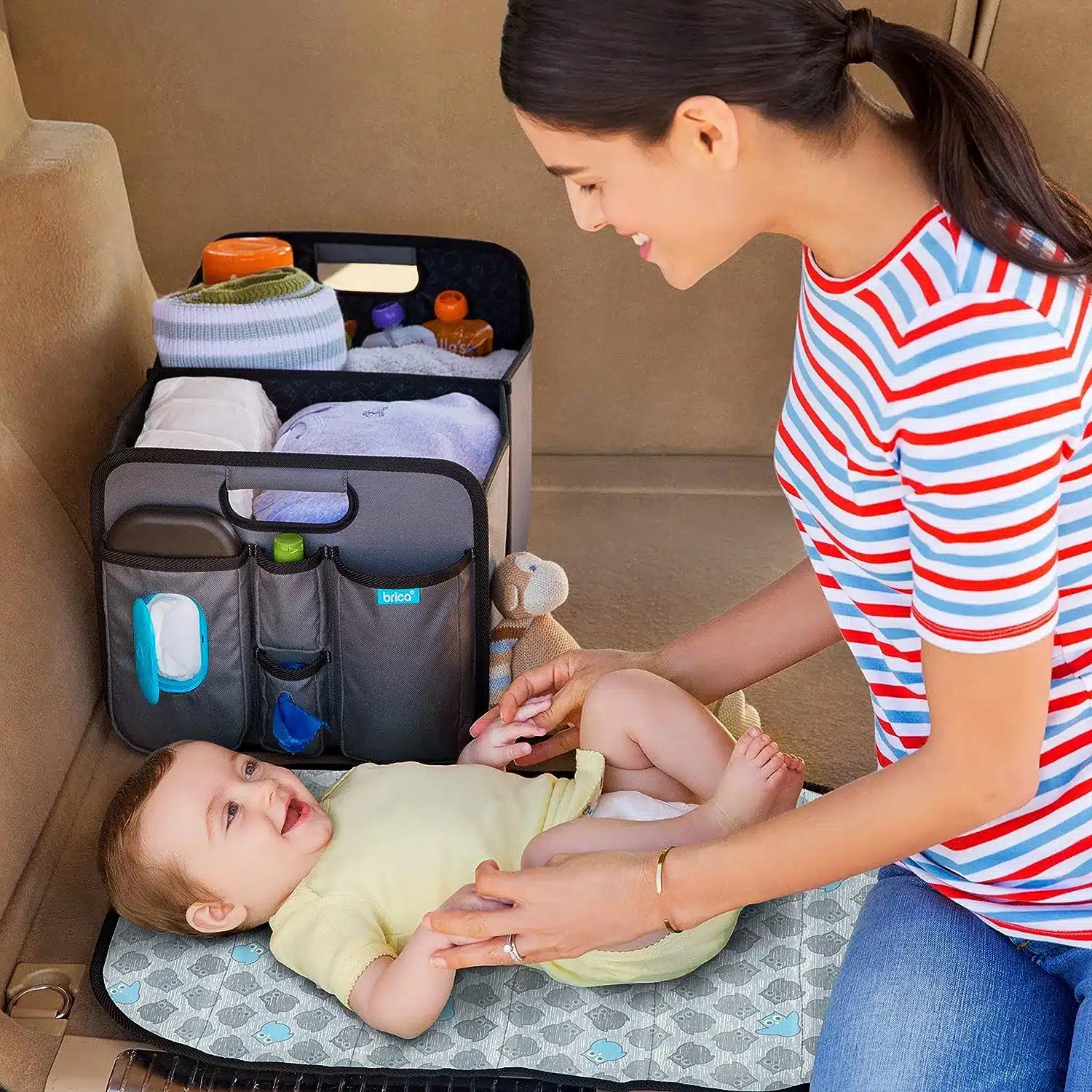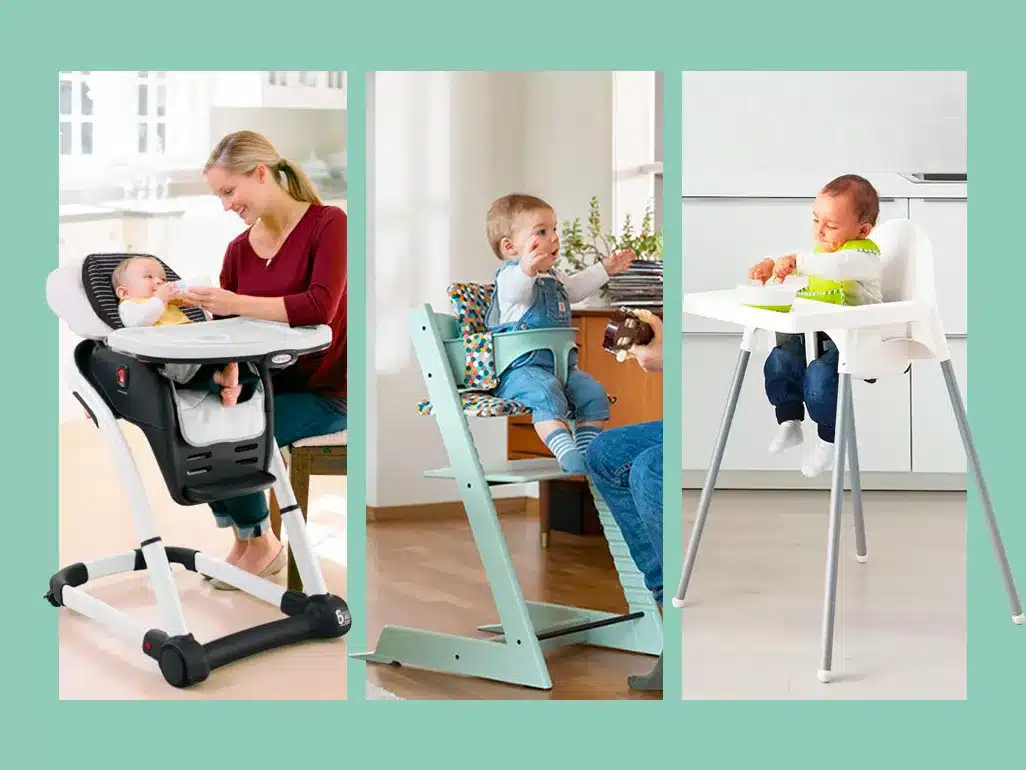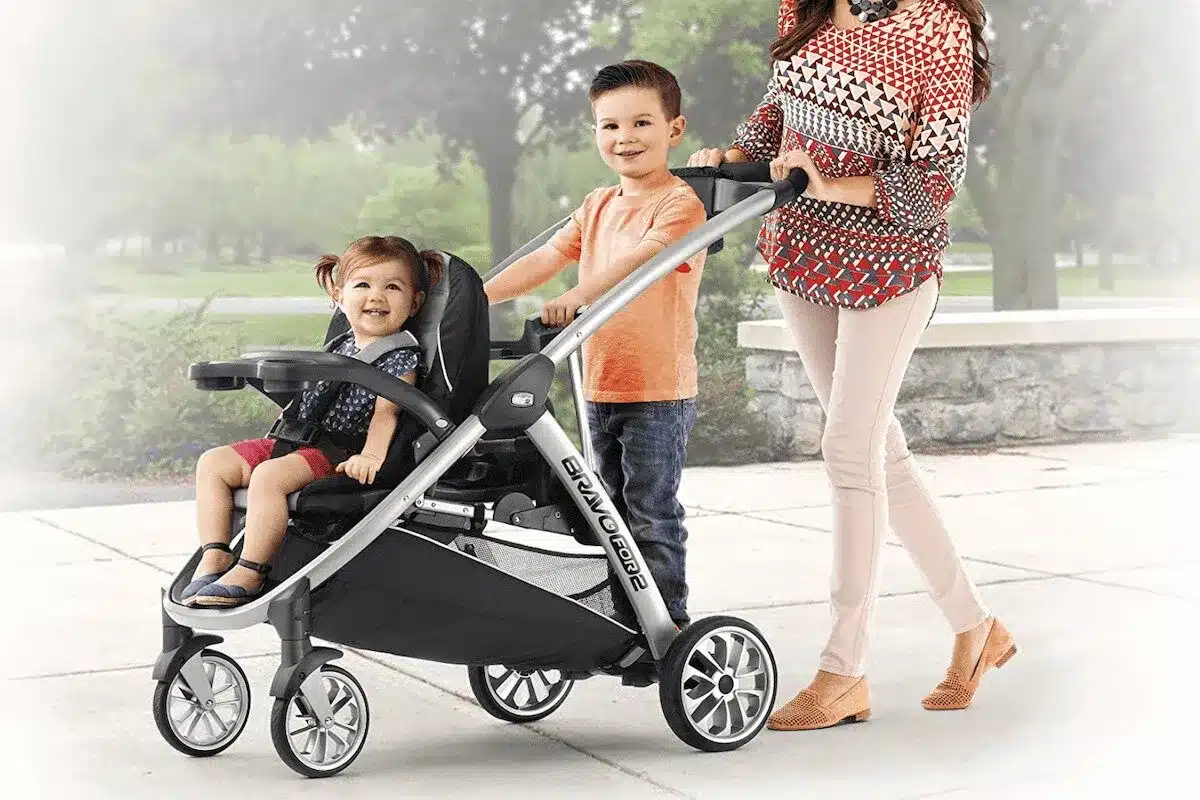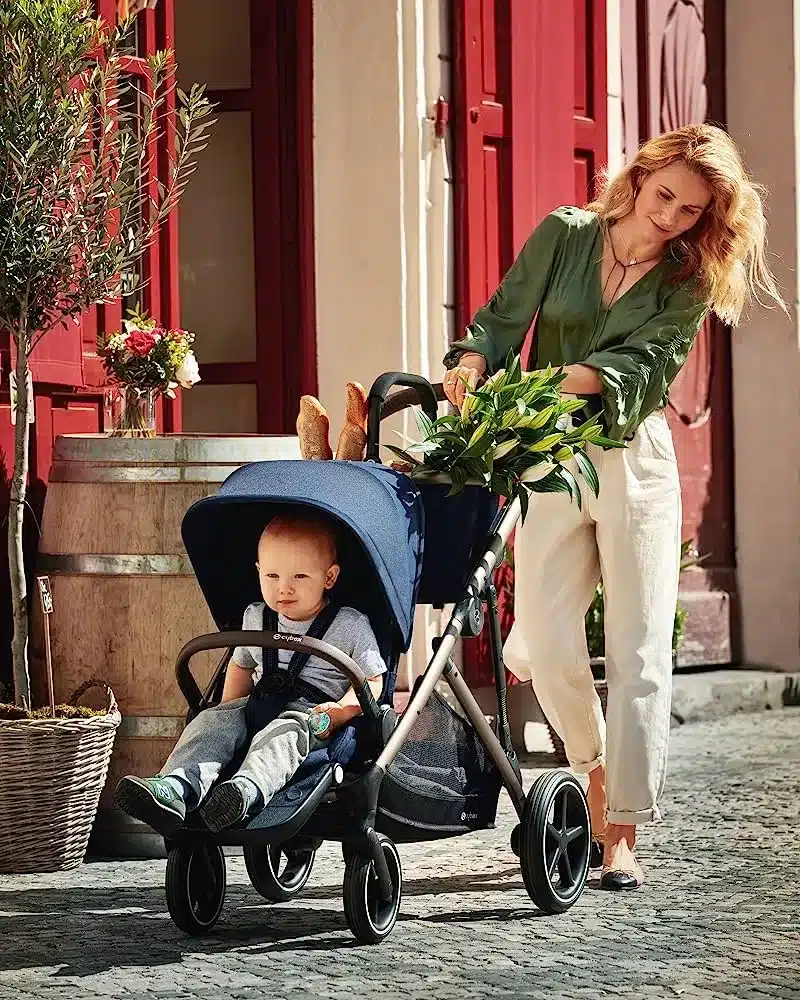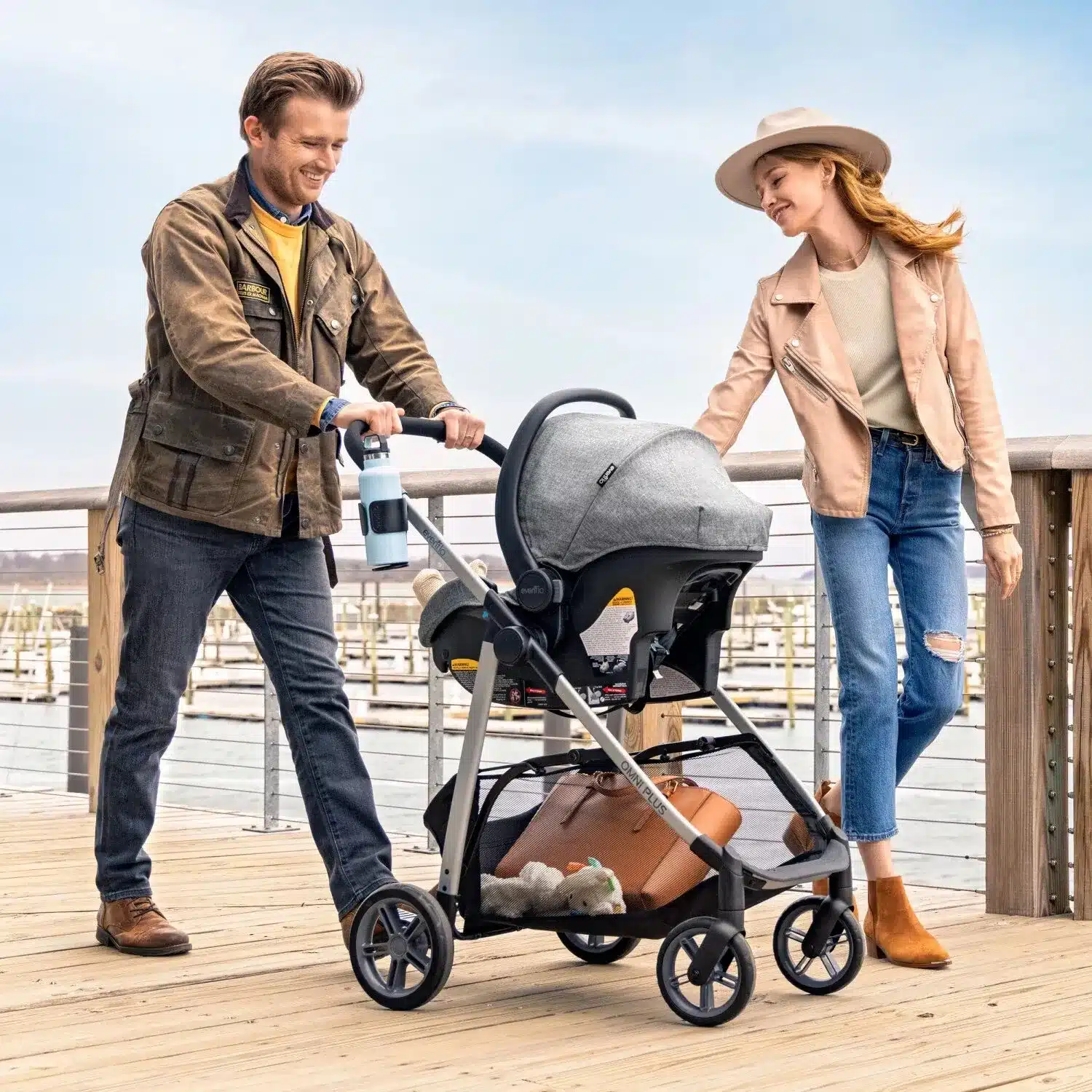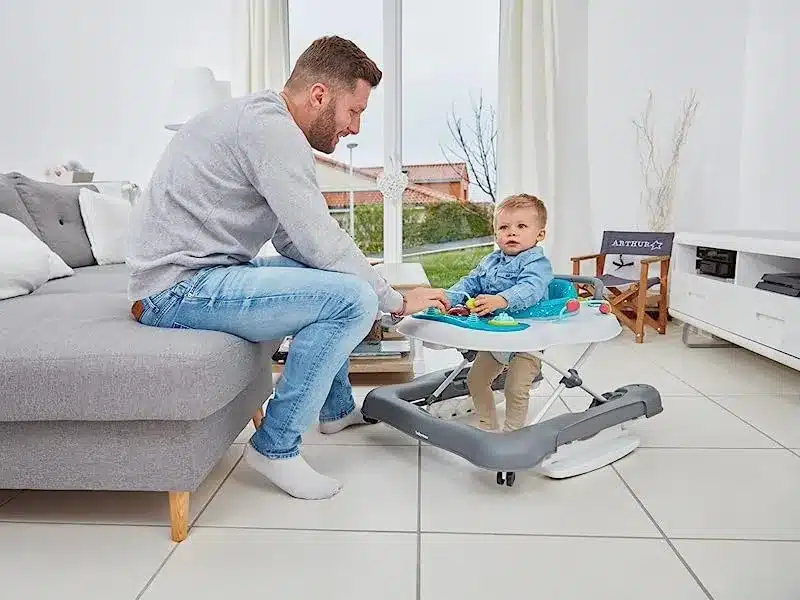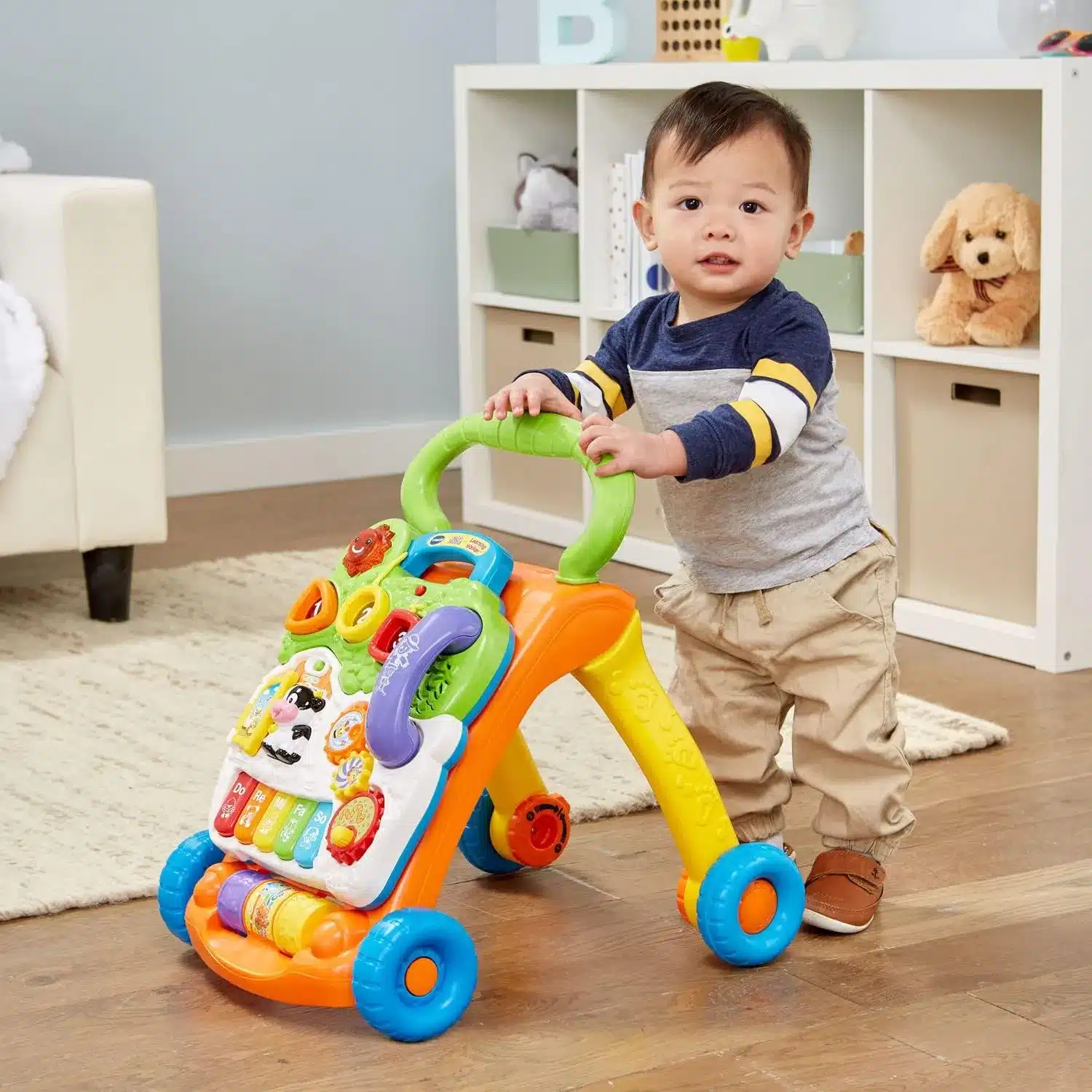
Raising baby chicks and other animals like kittens can be a fun and rewarding experience, but it’s important to understand the basics of keeping them warm and healthy. A heat lamp is often used to regulate the temperature in a chick coop or pet enclosure, but many alternative methods can keep your furry friends safe and sound.
This blog post will explore all of your options for keeping your animals warm with a lamp, including how long chicks, ducklings, and puppies need to stay under one for optimal health; what wattage heat lamps are appropriate for specific species; and how to keep turtles and other reptiles warm with a heat lamp.
We’ll also discuss the importance of paying attention to ambient temperatures when raising animals outdoors and answer some frequently asked questions about heat lamps. By the end of this post, you’ll have all the tips to ensure your animals are kept at their ideal temperature!
What Is A Heat Lamp?
A heat lamp is a device that emits infrared radiation to provide heat for a specific area. It typically consists of a bulb or lamp, a reflector, and a fixture. Heat lamps are commonly used in various settings, including homes, restaurants, veterinary clinics, and farms. They provide warmth to pets, livestock, and other animals and keep food warm in commercial kitchens.
Heat lamps are available in various types, such as heat bulbs, infrared bulbs, and infrared lamps. They come in different sizes and power ratings, and their energy consumption can vary depending on their wattage. While heat lamps are effective heat sources, they can also pose fire hazards if not used properly. Thus, following safety guidelines when using a heat lamp is essential.
How Long Do Chicks Need A Heat Lamp:
A heat lamp is essential for most poultry farmers when keeping chicks warm. Chicks require a constant source of warmth, especially during their first few weeks of life when they are most vulnerable to the cold. A lamp provides the necessary warmth to help chicks thrive.
Heat lamps come with different power consumption levels, and the wattage needed depends on the number of chicks, the temperature range, and the size of the brooding area. The heat source should be placed safely from the chicks, and the temperature should be monitored regularly to prevent overheating or chilling.
Chicks typically need a lamp for the first four to six weeks of their life. During this time, the temperature in the brooder should be maintained at around 90-95°F for the first week, with a gradual decrease of 5°F per week until they are fully feathered and can regulate their body temperature.
How To Keep Baby Chicks Warm Without A Heat Lamp:
While heat lamps are the most common source of warmth for chicks, they are not the only option. Infrared bulbs and lamps can also provide the necessary heat, but care should be taken to avoid combustible materials and fire hazards.
Another alternative is to use a mother hen to keep the chicks warm. This method is suitable for small broods and can provide essential warmth, comfort, and guidance for the chicks. Reflectors can redirect heat from a heating source to the chicks, ensuring they stay warm and cosy.
When Can Chicks Go Outside Without A Heat Lamp:
Chicks can go outside without a lamp once fully feathered and regulate their body temperature. This usually happens around six weeks of age, depending on the breed and climate. However, it’s important to ensure they have a sheltered area where they can retreat if they get cold or wet.
How Long Do Ducklings Need A Heat Lamp:
Ducklings are similar to chicks in their need for warmth during their early weeks of life. They require a constant heat source to help them thrive; a lamp is the most common way to provide this warmth.
The wattage needed depends on the number of ducklings, the temperature range, and the size of the brooding area. The heat source should be placed safely from the ducklings, and the temperature should be monitored regularly to prevent overheating or chilling.
Ducklings typically need a lamp for the first four to six weeks of their life. During this time, the temperature in the brooder should be maintained at around 90-95°F for the first week, with a gradual decrease of 5°F per week until they are fully feathered and can regulate their body temperature.
How Long Should Puppies Be Under Heat Lamp:
Puppies, like other young animals, require warmth to thrive. A heat lamp is a common way to provide this warmth, especially for orphaned or newborn puppies.
The heat source should be placed safely from the puppies, and the temperature should be monitored regularly to prevent overheating or chilling. Puppies typically need a lamp for the first two to three weeks of their life, depending on the breed and climate.
How To Position Heat Lamp For Chicks:
Positioning a heat lamp correctly for chicks is essential to ensure their health and well-being. Reflectors should be used with heat lamps to direct the heat toward the chicks. The heat lamp should be installed at a suitable distance from the chicks to avoid overheating or underheating them.
A general rule of thumb is to hang the lamp around 18 inches above the chicks, but this may vary depending on the type of heat lamp used and the brooder’s size. The ideal temperature range for chicks is between 90 and 95 degrees Fahrenheit during the first week of life, with a gradual decrease of 5 degrees per week until they are fully feathered.
At What Temperature Do Pigs Need A Heat Lamp:
Pigs are sensitive to temperature changes, and maintaining a suitable environment is crucial to their health and well-being. In general, piglets require a warm and draft-free environment to thrive. A heat lamp can provide the necessary warmth and comfort for young piglets.
The temperature in the piglet area should be monitored closely and kept between 70 and 85 degrees Fahrenheit during the first week of life. After that, the temperature can be gradually reduced by 5 degrees per week until around 60 degrees Fahrenheit. It’s essential to install the lamp at a suitable distance from the piglets and to monitor it regularly to avoid overheating or underheating.
How To Keep A Turtle Warm Without A Heat Lamp:
Turtles are cold-blooded creatures that rely on external heat sources to regulate their body temperature. While heat lamps are a popular and effective way to keep turtles warm, they can also be expensive and pose a potential fire hazard if not used correctly.
There are alternative ways to keep a turtle warm without a lamp. One way is to use a heating pad placed under the tank. This provides a warm spot for the turtle to bask and regulate its body temperature. Another option is a ceramic heat emitter, which provides heat without light and can be used 24 hours a day.
Choosing a suitable heating option that provides the necessary warmth for the turtle without overheating or drying out the enclosure is essential. Monitoring the temperature and humidity levels is also necessary to ensure the turtle’s health and well-being.
At What Temperature Do Chickens Need A Heat Lamp:
Chickens are hardy birds that can tolerate a wide range of temperatures. However, young chicks require a warm and draft-free environment to thrive. A heat lamp can provide the necessary warmth and comfort for young chicks.
The ideal temperature range for chicks during the first week of life is between 90 and 95 degrees Fahrenheit. After that, the temperature can be gradually reduced by 5 degrees per week until they are fully feathered. Installing the lamp at a suitable distance from the chicks and monitoring it regularly to avoid overheating or underheating.
Conclusion
In conclusion, using heat lamps to keep baby chicks, ducklings, puppies, and pigs warm is essential to ensure the health and well-being of these animals. Heat lamps provide a source of external heat for the animals necessary for their development and keep them safe from harm.
Depending on the species, there are different temperatures at which a lamp should be used. For instance, chickens need a heat lamp at 95°F, whereas pigs need one at 90°F. If kept without a heat lamp, turtles can survive for some time but not as long as other species due to their slower metabolism.
Additionally, it is important to consider wattage when choosing a lamp for particular species – bearded dragons require a lower wattage than other animals due to their sensitivity to light and heat. Lastly, it is important to know when to take the heat lamp off young animals such as chicks or ducklings; they should be taken outside once they can regulate their body temperature with minimal help from an external source of warmth like feathers or fur.

Home is where the health is! I’m here to tell you about all the awesome products that can help make life easier, healthier and more peaceful.
Disclosure: Some of the links in this article may be affiliate links, which can provide compensation to me at no cost to you.

